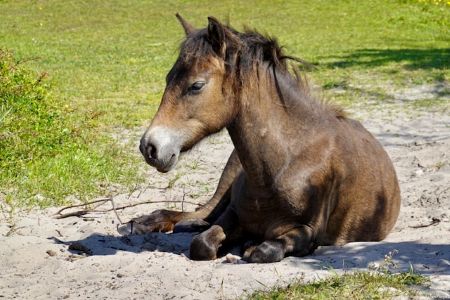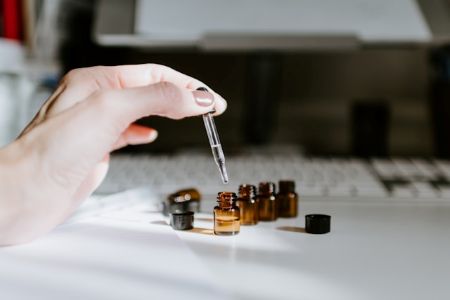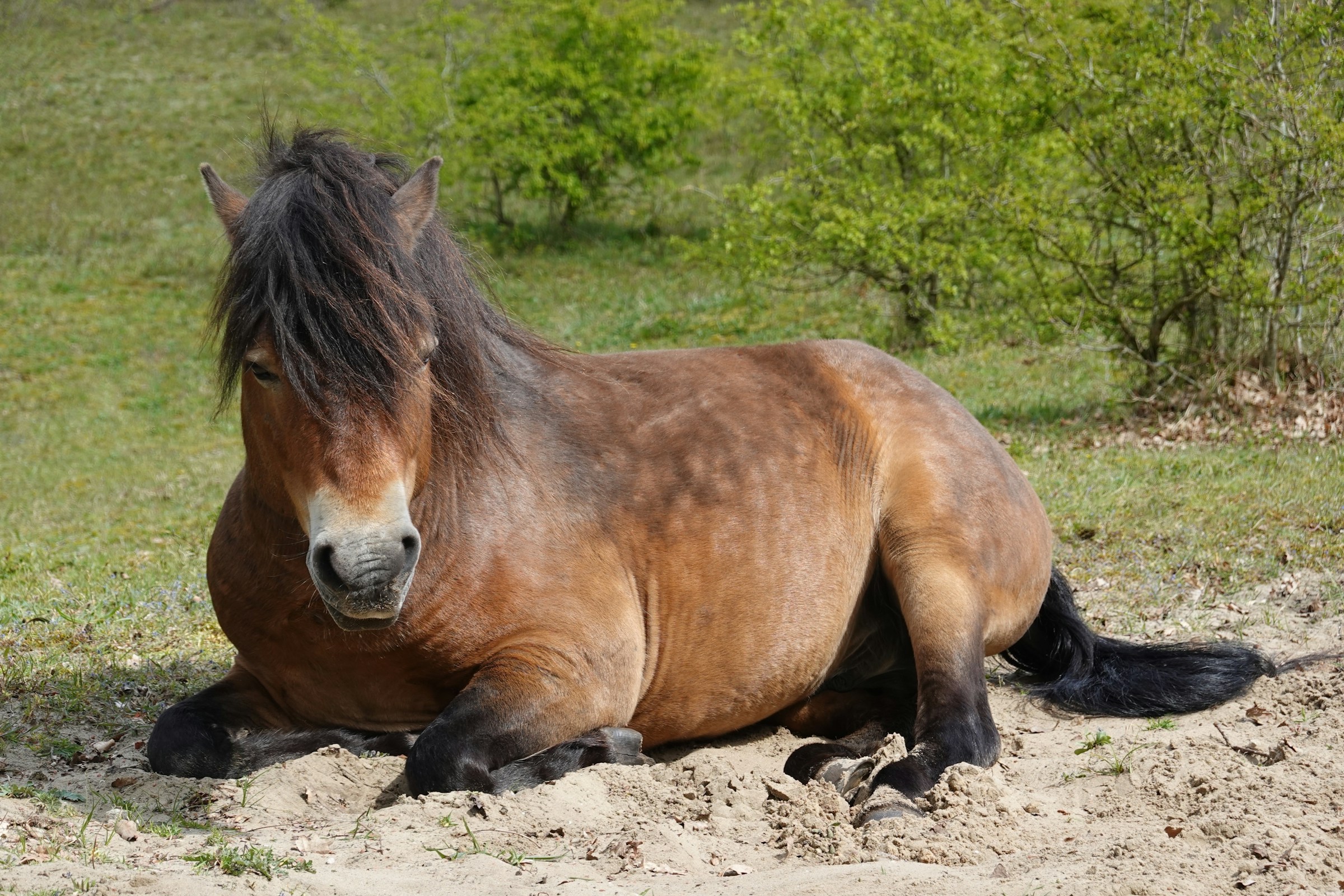Did you ever wonder why your horse rolls in the muddiest spots in the field? Or why your dogs drink from the muddiest puddles when they have lovely fresh water at home?

They are responding to a natural urge to self-medicate!
Clay (mud) is a powerful healing agent and aids the body’s healing process. In the wild, animals use clay and mud for detoxification, as a cure for itchy skin, and to protect themselves from insect bites, among other things.
What do animals use clay for?
- Physical barrier against flies, midges and fungi
- Protection from the sun’s UV rays
- A natural source of minerals
- To neutralise toxins
- Control worm loads
- Heal wounds
What Types of Clays Do Animals Use?
- Green clay: strongly detoxifying and drawing, best for abscesses and internal use.
- Kaolin clay: a light white clay, soothing for the skin, skin stimulating, pH neutral.
- Bentonite clay: highly absorptive, skin protective, helps soothe and strengthen skin.
- Yellow clay: exfoliating, stimulating and allows cellular oxygenation. It is known for its high-power oxygenation and relieving pain quickly.
- Red clay: stimulating circulation and strengthening the blood vessels, detoxifying.
As with a gel, you can add essential oils, vegetable oils and hydrosols to clay and make it as thin or as thick as you need. If you want to draw infection from a wound or abscess, make a thick paste; as a leg ‘brace’ for horses (to tone and stimulate tendons after work; add more liquid until the clay is the texture of double cream. Adding vegetable oil keeps the clay moist and pliable, which is good for sweet itch and mud-fever.
First Aid Safety
- Clay can disrupt magnets, so people and animals with pacemakers should not use it!
- Clay should not be used in conjunction with any conventional medicine without professional advice.
How To Make A Topical Clay?
As with a gel, you can add essential oils, vegetable oils and hydrosols to clay and make it as thin or as thick as you need. If you want to draw infection from a wound or abscess, make a thick paste; as a leg ‘brace’ for horses (to tone and stimulate tendons after work; add more liquid until the clay is the texture of double cream. Adding vegetable oil keeps the clay moist and pliable, which is good for sweet itch and mud-fever.

Making Lotions & Potions
Step 1
Make a selection of oils for an animal to choose between based on its life history, character and the current problem, choose oils to balance both the emotional and physical expression of the imbalance. (Do not apply essential oils topically on cats).
Step 2
Add up to 10% of the carrier oil the animal has chosen to the appropriate clay. If you want to use hydrosols, offer hydrosol to the animal to make sure he/she agrees with your choice.
Step 3
Blend the clay, using more drops of essential oil that the animal liked the best and less of the ones he/she was moderately interested in.
If you are new to zoopharmacognosy and offering essential oils to animals, read this or visit our YouTube channel
Note:
- For horses add a maximum of 2% essential oil (40 drops/ approx. 2ml) = 2% of 100ml.
- For dogs add a maximum of 1% essential oil (20 drops/approx. 1ml) = 1% of 100ml.
- Use higher dilutions (less essential oil) for sensitive, young or old animals.
Co-operative Wound Care with Clay
Main – Photo by Peter Hoogmoed on Unsplash





